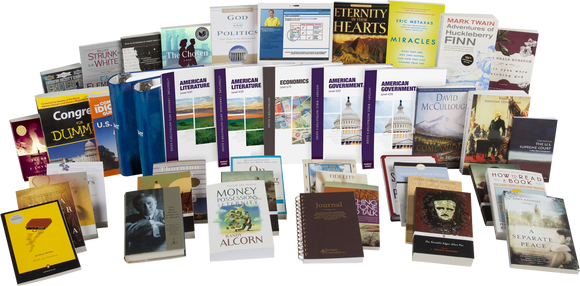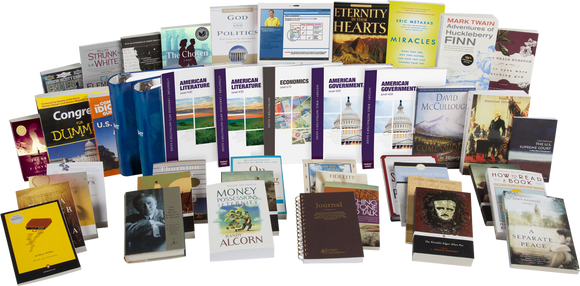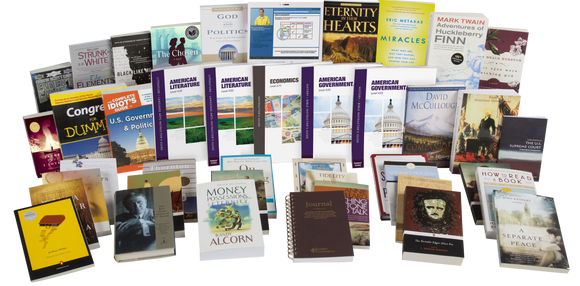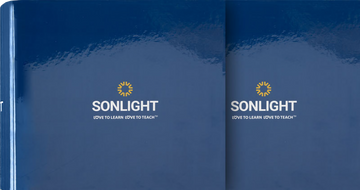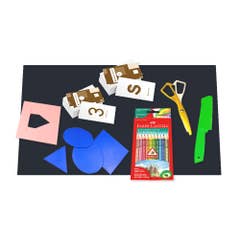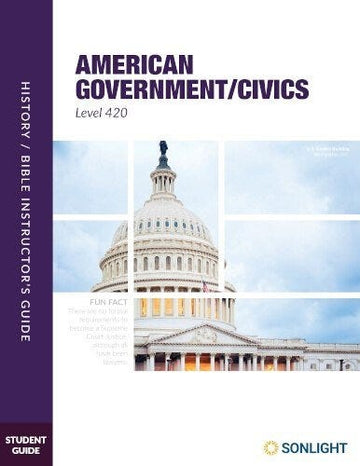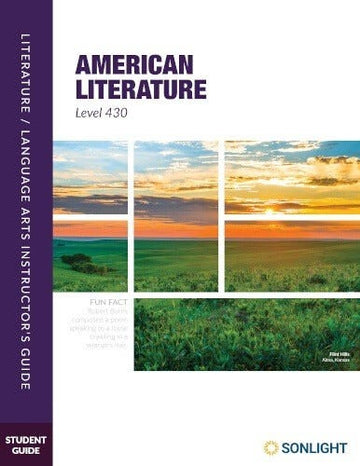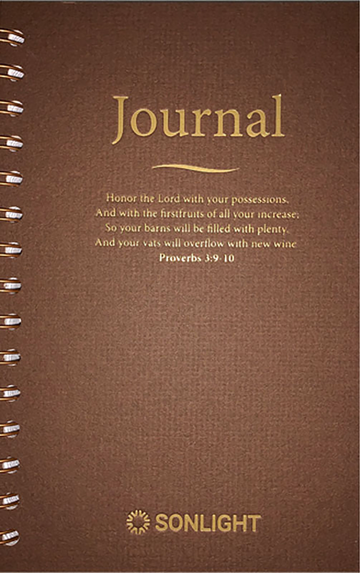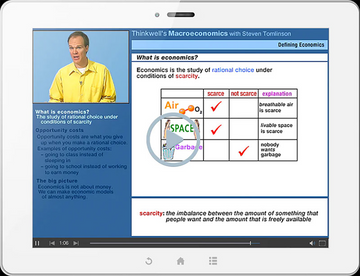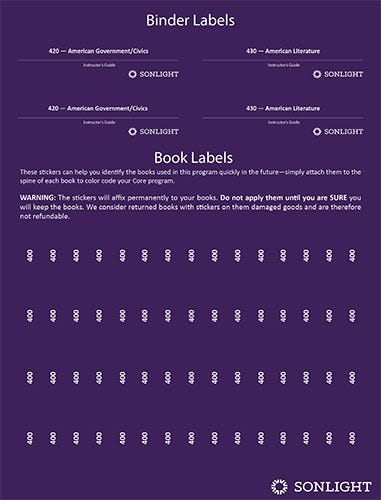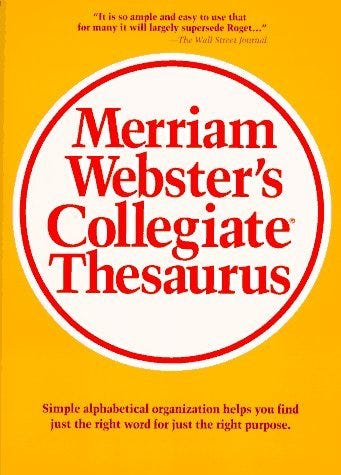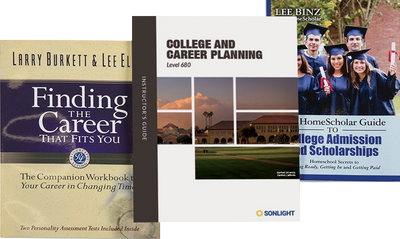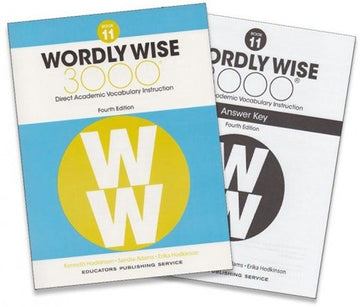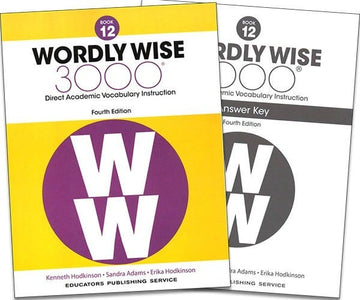Unearth the heritage and history of the U.S. government
- Take a tour of American government, with an up-close look at the three branches with our high school history curriculum.
- Consider modern-day economic theories and values in light of God's perspective on possessions with our homeschool bible curriculum.
- Encounter the "great American novel," along with noteworthy short stories, plays, poems, biographies and more.
- Discover practical ways to live out a faith that is relevant to and integrates with our government, culture and the world.
- Purchase this package and you'll get free shipping (lower 48), a one-year guarantee and other perks.
Overview of Government
One-Semester
Instructor's Guides
Government 420 is designed for your student's independent study. The Government and Bible Student Guide provides daily reading assignments, along with additional notes and questions to reinforce reading and aid understanding. Use your accompanying Parent Guide to follow along, monitor learning and discuss, as desired.
Government / Civics
Sonlight's 420 American Government course looks at how our government works and why it works as it does. The course starts with a brief study of the few biblical passages that deal with government (what, ideally, should the government do, and what should be our response to the government).
The primary text, Carson's Basic American Government, presents both the founding documents and a brief history of the United States Government. The history begins during the time of the Colonies, before they had combined into one. The Constitution transformed the 13 Colonies into one government, and students study the Constitution in depth, with all the various Articles and Amendments.
Besides the Constitution, students read some of the key documents and speeches; in an upper-level history course, it's good to read primary source documents.
After the Constitution, the course continues with a history of American Government as seen through the various administrations. For example, the Jeffersonians/Jacksonians dominated the early 1800s: How did they interpret the Constitution? And then, during and after the Civil War, Americans' understanding of the purpose of government shifted. How so? (If this sounds dry, it's only because you haven't yet read the text. History is interesting in the hands of a great storyteller – even a history of government.)
Besides Carson's text, this course includes six other books:
- one that informs the reader of current politics in DC (lobbyists, bureaucracy, special-interest groups, and other things that come up on the news);
- one that goes more in-depth on how Congress works in practice;
- one that brilliantly summarizes the Supreme Court, especially the current court;
- one that details how a president is elected (what makes Iowa important; if you don't understand it all, this is the book for you);
- one about the ideology of political parties;
- one that looks at one man's experiences of the racial divide in our country and why the Civil Rights movement was so necessary (still current and applicable, sadly).
Thus, two books cover the workings of government from before the States were united up until today's politicking in DC. One book each covers the three branches of government: legislative, judicial, and executive; one book helps with thinking about voting; and yet another highlights one of the main problems in our country, from before its inception up through the present day. Such a good balance!
My hope is that students come away with an understanding of the foundational documents, some sense of both the history and the present, the ability to read and make sense of the news, and the knowledge of whom (and how) to ask if you want to change something in Washington. When finished, your students will know about the House Ways and Means Committee, the reason most controversial Supreme Court rulings come in June, and the difference between caucuses and primaries.
In short, the news will make sense.
Overall, this course moves well from topic to topic, covering widely with a reasonable amount of depth. Very high-interest throughout. Also includes two books for Bible.
Civil Law of the Bible
Should religious truth influence civil government? The politically correct answer is no. The level 410 Bible and Theology program challenges that answer.
You and your students will interact with Scripture in an ambitious new way. Two thought-provoking books, God and Politics, asks you to question assumptions and serve as your guide to examine civil government through a Biblical lens; and Miracles, how we need to not only accept but rejoice in miracles as a testimony of God in his creation.
Overview of Economics
One-SemesterInstructor's Guide
As with its upper-level counterparts, students can readily and successfully study Economics on their own. Your Instructor's Guide (with two lesson plan options, general and AP* prep) provides daily assignments, helpful notes, thought-provoking questions and answers, too—all of which reinforce your student's reading and understanding.
Economics
Many states require Economics in order to graduate. Sonlight's course gives students a balanced, critical view of modern economics, from basic theory to politics and trade. It also seeks to look at God's perspective.
Central to this course is a quality online program from Thinkwell (good for one student for one year; additional subscriptions needed for each student).
Thinkwell co-founder Dan Heath writes:
I had an amazing microeconomics professor when I was a freshman in college. In the first minute of the first day of class, he asked a question: Why do you always see multiple gas stations clustered on the same street corner? It seems a bit crazy, when you think about it. Why would a gas station owner deliberately position himself next to the competition? An hour later, we knew the answer. More importantly, in the span of one class period, we had learned that economics is not about money. It's about a new way of thinking.
That class was full of ideas that stuck with me. They're etched into my memory – I can remember them clearly 15 years later. … And that amazing professor is the teacher of this course.
Thinkwell has 262 online video lectures, filled with animations, examples, and humor. Also concise, illustrated notes, a glossary, transcript of every video – even pertinent web links. Print as you need, or view it all online.
When students enter their answers to various exercises online, they get their grade automatically – complete with solutions, fully worked out and explained.
The Sonlight Instructor's Guide includes two complete lesson plans – one for general use, and one a more intensive track for students who wish to try for college credit.
Sonlight's Economics also includes relevant Bible passages each day, and questions for students to answer in the included journal.
Find out more about the course here.
Estimated daily time for American Government and Economics: Student: 1 hr.
Our high school courses are separated by subject to allow customers maximum flexibility. Feel free to buy either the History (i.e., Government and Economics) or the Literature, or both, or to mix-and-match with the History and Literature of other Sonlight courses.
Overview of the Literature
Instructor's Guides
Literature 430 takes learners on a yearlong adventure of independent study. The Literature and Language Arts Student Guide provides daily reading and writing assignments, along with additional notes and questions that reinforce and challenge your student. The accompanying Parent Guide keeps you in touch and on track, so you can come alongside at any point in your student's learning.
American Literature
Once children have achieved basic literacy, they can read for information. That is much of what we read each day: news reports, how-to books, cookbooks. I never go to my cookbook cupboard to figure out the deeper meaning life.
True literature, though, requires more effort, more thought. A novel has the basic, surface-level plot. But what is it saying beyond that?
Mortimer Adler wrote How to Read a Book to help readers read better — to read and understand more than the basic plot. It isn't a fun book to read, the way a fast-paced novel is, but it is informative, and possibly life-changing.
This book serves as the general framework for Sonlight's 430 American Literature course. Rather than choosing a book from each of the major periods ("Pre-Colonial," "Transcendentalism," etc.), and working in chronological order, instead, this course uses my favorite books by American authors and allows Adler's instruction to help read these outstanding works with more understanding and enjoyment.
So, for example, after the schedule assigns Adler's chapter on "How to Read History," the students get to enjoy two-time Pulitzer winner David McCullough's short profiles of fascinating historical characters. (They're incredible.)
After the schedule assigns "How to Read Practical Books," the students look at the classic guide on writing, The Elements of Style, beautifully co-written by E.B. White (author of Charlotte's Web).
After Adler offers suggestions about reading Tragedy, the students read one of the greatest plays of the 20th Century, Death of a Salesman (it won both a Tony and a Pulitzer the year it came out).
How to read autobiographies? Practice on Booker T. Washington's Up from Slavery and the breathtaking missionary biography Evidence Not Seen.
How to read imaginative literature? Practice on Their Eyes Were Watching God, one of the most cheerful portrayals of happily married people in all of literature.
How to read short stories? Practice on five stunning shorts by Wendell Berry.
And, at the end of the year, after Adler talks about "How to Read Social Science," the students read Malcolm Gladwell's encouragement that, yes, success takes a lot of time … but if you love what you're doing, it's worth it. Go change the world!
As always, I seek to have a good mix of genres. One category is The Great American Novel, a book that accurately shows the culture of the United States at a specific time. Incredibly, this course has four: The Scarlet Letter, The Adventures of Huckleberry Finn, A Separate Peace, and The Grapes of Wrath. These take place in, respectively, Colonial New England, the antebellum Midwest, an Eastern prep school, and the Great Depression South, moving to California. What a range of times and places!
This course has other genres, too: novels, detective stories, drama, lyric poems, short stories, history, tragedy, essays, science fiction, and autobiographies.
And I seek to balance the year as a whole, so that tragedies are balanced with more cheerful works; so that books that take a month to finish are followed by books that take a week or two; so that students read books by a diversity of authors. This course is balanced in all those ways.
But mostly, I want your students to view each book as a delight and a gift, as I do.
Language Arts
For Language Arts, this course includes, as always, literary analysis. Also short daily writing assignments working through William Zinsser's On Writing Well.
Estimated daily time for American Literature: Student: 1 hr.
Required Resources
This package includes two 3" Binder with Tabs to organize your Instructor’s Guides. If you already own these resources, visit SmoothCourse™ to remove them from your package.
Prefer to build your own course of study?
Create a complete course of study by mixing and matching individual high school courses. Visit sonlight.com/high-school to get started.
